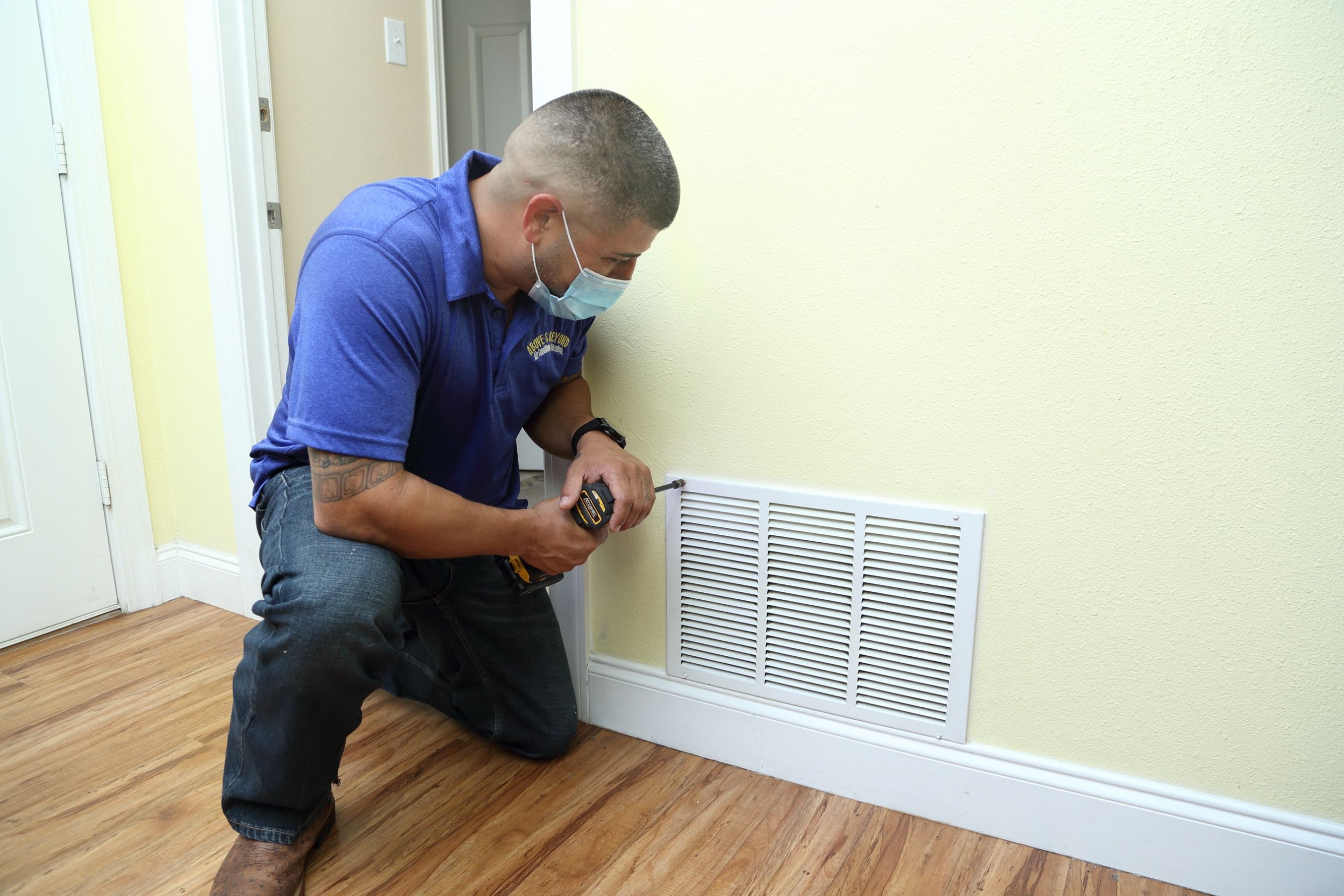When it comes to air duct cleaning, it’s important to consider the different materials that your duct system may be constructed from. The type of material has an impact on how cleaning should be performed to remove contaminants effectively.
Many older homes often have metal ductwork that has collected years of dust, dirt, and other allergens inside. Metal ducts are durable, however they can degrade over time and develop rust or holes that allow pollutants to circulate throughout the home. Furthermore, the rough surfaces of metal ducts provide an ideal breeding ground for mold, bacteria and other microbes to thrive. Therefore, specialized metal duct cleaning methods are needed to thoroughly disinfect these problem areas.
Similarly, fiberglass ductwork, also commonly used in older homes, tends to accumulate debris easily due its fluffy insulating material. Fiberglass particles themselves can enter the supply airflow and cause irritation for those with sensitivities. As a result, fiberglass duct cleaning necessitates vigilant vacuuming to remove built-up contaminants without causing further distribution of fibers. Gentle agitation and scrubbing techniques are employed versus power washing methods used on metal surfaces.
More recently, flexible duct has become widely adopted for central heating and cooling installations.
While flexible duct is convenient for installation in tight spaces, it unfortunately allows pollutants to more readily adhere to its interior lining. Moreover, the corrugated material forms crevices that contaminants can hide within long-term. Thus, specialized cleaning brushes are essential to navigate the ridges and fully extract embedded dirt from flexible ducting interiors.
In addition, some newer ‘high efficiency’ duct systems incorporate
materials like aluminum foil-faced rigid fiberglass ductboard which is durable but smoother surfaced than traditional fiberglass. This requires adaptations to basic vacuuming to thoroughly loosen and collect particles embedded inside the nooks and crannies. Specifically designed backward airflow agitation brushes prove most effective.
To address how different materials accumulate debris differently calls for customized cleaning tactics in each case. duct cleaning professionals have the knowledge and equipment to properly cleanse each duct type. For metal, vigorous vacuuming coupled with non-abrasive washing or wet wiping is usually most productive.
When handling fiberglass, light vacuuming paired with soft brush agitation does the job without causing damage. For flexible ducts, specialized targeted brushes intently target hidden crevices. With rigid ductboard, vacuuming alongside precise backward brush strokes extracts embedded dirt optimally.
In conclusion, considering your home’s unique duct material composition allows for the right cleaning approach tailored to each section’s needs. This results in cleaner, healthier air throughout every room. Don’t hesitate to ask your duct cleaning technician about the material-specific tactics they will use before any work begins. With the proper care applied for your system’s specific configuration, you can breathe easier!




No comment